Home>Gardening & Outdoor>Plant Care & Gardening Tips>How To Keep Your Mums Blooming


Plant Care & Gardening Tips
How To Keep Your Mums Blooming
Modified: April 22, 2024
Discover expert plant care and gardening tips to keep your mums blooming beautifully all season long. Learn the best practices for nurturing healthy and vibrant mums.
(Many of the links in this article redirect to a specific reviewed product. Your purchase of these products through affiliate links helps to generate commission for Storables.com, at no extra cost. Learn more)
Introduction
Mums, scientifically known as Chrysanthemums, are renowned for their vibrant and abundant blooms, making them a beloved addition to gardens and outdoor spaces. These resilient and versatile plants offer a spectrum of colors, from rich reds and sunny yellows to soft pinks and purples, adding a burst of life to any landscape. Whether adorning a front porch, lining a garden path, or accentuating a patio, mums bring a touch of elegance and charm to outdoor settings.
In this comprehensive guide, we will delve into the essential care tips to ensure your mums thrive and continue to bloom abundantly. From selecting the optimal location to providing the right amount of water and nutrients, each aspect of nurturing these beautiful flowers will be explored in detail. Additionally, we will discuss strategies for protecting mums from pests and diseases, as well as providing guidance on overwintering to prepare them for the following growing season.
By following these expert tips and best practices, you can cultivate healthy and vibrant mums that will captivate with their stunning display of colors and blossoms. Let's embark on this journey to unlock the secrets of nurturing and maintaining flourishing mums, ensuring that they remain a delightful centerpiece of your outdoor space.
Key Takeaways:
- Choose a sunny, well-drained spot for your mums, and protect them from strong winds and excessive heat to help them thrive and bloom vibrantly.
- Keep your mums healthy by watering them carefully, fertilizing regularly, and protecting them from pests and diseases. Prepare them for winter by providing insulation and pruning.
Read more: How To Make My Mums Bloom
Choose the Right Location
Selecting the ideal location for your mums is crucial for their overall health and blooming potential. These vibrant flowers thrive in areas that receive ample sunlight, typically requiring at least six hours of direct sunlight per day. When choosing a spot for your mums, consider areas with well-draining soil to prevent waterlogging, which can lead to root rot and other issues. Additionally, mums benefit from good air circulation, so avoid crowded or enclosed spaces that may impede airflow.
If planting mums in containers, opt for pots with drainage holes to prevent water from accumulating at the roots. This allows excess moisture to escape, reducing the risk of root rot and other water-related problems. Furthermore, selecting a location with protection from strong winds can help prevent the plants from becoming damaged or stressed.
When considering the climate, it's important to note that mums thrive in cooler temperatures. While they can withstand mild frost, they may struggle in excessively hot environments. Therefore, choosing a location with some shade during the hottest part of the day can help prevent the plants from wilting or becoming stressed during periods of intense heat.
By carefully selecting the right location for your mums, you can provide them with the optimal conditions for growth and blooming. This thoughtful approach to placement sets the stage for healthy, vibrant mums that will grace your outdoor space with their stunning colors and blossoms.
Provide Adequate Watering
Proper watering is essential for the health and vitality of mums. These plants require consistent moisture to support their growth and blooming cycles. When it comes to watering mums, it's important to strike a balance, ensuring that the soil remains evenly moist without becoming waterlogged.
To determine when to water your mums, perform a simple soil moisture test. Insert your finger into the soil up to the first knuckle. If the soil feels dry at this depth, it's time to water the plants. However, if the soil feels moist, it's best to hold off on watering to prevent over-saturation.
When watering mums, aim to deliver water directly to the soil around the base of the plants, avoiding wetting the foliage. This approach helps prevent issues such as fungal diseases, as damp foliage can create an environment conducive to their development. Consider using a soaker hose or a watering can with a narrow spout to target the root zone effectively.
During periods of intense heat or dry weather, mums may require more frequent watering to combat dehydration. However, it's crucial to avoid overwatering, as this can lead to root rot and other complications. If the soil becomes waterlogged, the roots may suffocate, causing the plants to wilt and decline.
In contrast, underwatering can also have detrimental effects on mums, leading to stunted growth and diminished blooming. Therefore, it's important to monitor the soil moisture levels regularly and adjust your watering routine based on the specific needs of your mums and the prevailing weather conditions.
When watering mums in containers, ensure that excess water can drain freely from the bottom of the pots. This prevents water from accumulating and causing root rot. Additionally, consider using a potting mix that retains moisture while allowing for proper drainage, creating an optimal environment for the mums' root systems.
By providing adequate and mindful watering, you can support the overall health and blooming potential of your mums. This essential aspect of care, when combined with other nurturing practices, contributes to the development of robust and vibrant mums that will continue to enchant with their stunning floral displays.
Fertilize Regularly
Fertilizing mums on a regular basis is paramount to ensuring their vigor and prolific blooming. These nutrient-hungry plants benefit from a balanced and controlled feeding regimen, which provides them with essential elements for robust growth and vibrant blossoms. When it comes to fertilization, it's important to understand the specific needs of mums and tailor the feeding schedule accordingly.
To kickstart the fertilization process, apply a balanced, water-soluble fertilizer when planting mums in the spring. Look for a fertilizer with a formulation such as 10-10-10 or 20-20-20, indicating the percentages of nitrogen, phosphorus, and potassium it contains. This initial feeding provides mums with a nutrient boost as they establish their root systems and prepare for the blooming season.
As the growing season progresses, continue to fertilize mums every 6 to 8 weeks, or according to the guidelines provided on the fertilizer packaging. However, it's crucial to cease fertilization by mid-summer to discourage new growth, which can make the plants susceptible to frost damage in the fall. This pause in fertilization prompts the mums to transition into a state of dormancy, preparing them for the colder months ahead.
When applying fertilizer, ensure that the soil is adequately moist to prevent root burn. Water the mums before and after fertilizing to facilitate the absorption of nutrients and minimize the risk of stress to the plants. Additionally, consider using a slow-release fertilizer, which provides a steady supply of nutrients over an extended period, promoting consistent growth and blooming.
It's important to note that mums thrive in slightly acidic soil conditions. Therefore, selecting a fertilizer with a pH-balanced formulation can help maintain the optimal soil environment for these plants. Furthermore, organic fertilizers, such as compost or well-rotted manure, can be beneficial for mums, enriching the soil with natural nutrients and enhancing its overall structure.
By adhering to a regular fertilization schedule and providing mums with the necessary nutrients, you can bolster their resilience and encourage a profusion of vibrant blooms. This strategic approach to fertilization, combined with other essential care practices, contributes to the development of healthy and exuberant mums that will continue to adorn your outdoor space with their captivating beauty.
To keep your mums blooming, deadhead the faded flowers regularly to encourage new growth and use a balanced fertilizer every 2-4 weeks during the growing season.
Prune and Deadhead
Pruning and deadheading are essential tasks for maintaining the health and appearance of mums, promoting continuous blooming and preventing the plants from becoming overgrown or leggy. Pruning involves the removal of unwanted or spent growth, while deadheading focuses on the removal of faded or spent flowers. These practices not only enhance the aesthetic appeal of mums but also contribute to their overall vigor and longevity.
When it comes to pruning, it's important to initiate this process early in the growing season, typically in late spring or early summer. Begin by inspecting the mums for any damaged, diseased, or dead stems and foliage. Using clean and sharp pruning shears, carefully trim away these undesirable elements, ensuring that the cuts are made just above a set of healthy leaves or buds. This encourages new growth and prevents the spread of diseases or pests within the plant.
Additionally, pruning helps maintain the desired shape and size of mums, preventing them from becoming unruly or overcrowded. By selectively removing excessive growth, the plants can allocate their energy more efficiently, leading to stronger and more abundant blooms. Regular pruning also promotes air circulation within the plant, reducing the risk of fungal infections and other issues associated with damp and crowded foliage.
Deadheading, on the other hand, involves the removal of spent flowers to prevent the formation of seeds and encourage the production of new blooms. As mums expend energy in seed production, deadheading redirects this energy towards the development of additional flowers, prolonging the blooming period and enhancing the visual impact of the plants. To deadhead mums, simply snip off the faded flowers just above a set of healthy leaves or buds, using clean and sharp scissors or pruning shears.
By incorporating regular pruning and deadheading into your care routine, you can promote the overall health and appearance of mums while extending their blooming season. These simple yet impactful practices contribute to the continuous vitality and visual allure of mums, ensuring that they remain a captivating focal point in your outdoor space.
Read more: How Long Do Mums Bloom
Protect from Pests and Diseases
Protecting mums from pests and diseases is crucial to maintaining their health and ensuring abundant blooming. These resilient plants are generally resistant to most pests and diseases, but certain precautions and proactive measures can help safeguard them from potential threats.
One of the most effective strategies for pest and disease management is to maintain a clean and tidy garden environment. Regularly remove fallen leaves, debris, and dead plant material from the vicinity of mums, as these can harbor pests and pathogens. Additionally, practicing good garden hygiene minimizes the risk of fungal diseases, such as powdery mildew and botrytis, which thrive in damp and cluttered conditions.
When it comes to pests, mums may occasionally encounter unwanted visitors such as aphids, spider mites, and caterpillars. To deter these pests, consider using natural remedies like insecticidal soaps or neem oil, which are effective in controlling infestations while being gentle on the plants and the environment. Furthermore, introducing beneficial insects, such as ladybugs and lacewings, can help maintain a balanced ecosystem and naturally control pest populations.
In terms of disease prevention, proper watering practices play a significant role. Avoid overhead watering, as wet foliage can create an environment conducive to the development of fungal diseases. Instead, water the mums at the base to keep the leaves dry and minimize the risk of infections. Additionally, providing adequate spacing between plants promotes air circulation, reducing the likelihood of fungal outbreaks.
Regular monitoring of mums is essential for early detection of any potential pest infestations or disease symptoms. Keep a watchful eye on the plants, inspecting the foliage, stems, and blooms for any signs of damage, discoloration, or unusual markings. Promptly addressing any issues can prevent them from escalating and causing widespread damage to the mums.
In some cases, despite best efforts, mums may still succumb to pests or diseases. In such instances, swift intervention is crucial. Consider consulting with local gardening experts or extension services to identify the specific pest or disease affecting the mums and determine the most appropriate course of action.
By implementing these preventive measures and proactive strategies, you can create an environment that minimizes the risk of pests and diseases, allowing your mums to flourish and bloom vibrantly. This proactive approach to protection ensures that your mums remain resilient and visually captivating, enriching your outdoor space with their stunning display of colors and blossoms.
Overwintering Tips
As the growing season draws to a close and the temperatures begin to drop, it's essential to prepare your mums for the challenges of winter. Overwintering mums involves taking proactive measures to protect the plants from the harsh conditions of the colder months, ensuring their survival and readiness for the following growing season.
One of the primary considerations for overwintering mums is to provide adequate insulation and protection from freezing temperatures. In regions where winters are particularly harsh, consider applying a layer of mulch around the base of the plants. This helps insulate the roots and soil, preventing rapid temperature fluctuations and minimizing the risk of frost damage. Organic mulch, such as straw or shredded leaves, is an excellent choice for providing insulation while also enriching the soil as it decomposes.
In addition to mulching, consider providing extra protection for mums planted in containers. If feasible, move the pots to a sheltered location, such as a garage or shed, to shield them from extreme cold and wind. Alternatively, wrapping the containers with insulating materials, such as burlap or frost blankets, can help maintain a more stable and moderate environment for the plants during winter.
Pruning mums in the fall is another crucial aspect of overwintering. As the growing season comes to an end, trim the plants to a height of about 4 to 6 inches. This helps prevent the mums from becoming damaged by winter winds and snow accumulation while also promoting a more compact and manageable growth habit. Additionally, removing any dead or diseased foliage during this time reduces the risk of potential issues carrying over into the next growing season.
In regions where mums are marginally hardy, meaning they may struggle to survive the winter, consider providing additional protection. This can involve constructing a simple frame around the plants and covering them with a breathable material, such as burlap, to shield them from harsh weather conditions. Alternatively, placing a layer of pine boughs over the mums can offer natural insulation while adding a decorative touch to the winter garden landscape.
Regular monitoring of overwintering mums is essential to ensure their well-being. Periodically check the mulch to maintain an adequate layer and inspect the plants for any signs of stress or damage. If the weather conditions fluctuate dramatically, consider providing supplementary protection, such as additional mulch or temporary coverings, to shield the mums from sudden cold snaps or inclement weather.
By implementing these overwintering tips, you can safeguard your mums from the challenges of winter and set the stage for their resurgence in the coming spring. This proactive approach to overwintering ensures that your mums remain resilient and ready to grace your outdoor space with their vibrant blooms in the seasons to come.
Conclusion
In conclusion, nurturing and maintaining flourishing mums is a rewarding endeavor that enriches outdoor spaces with vibrant colors and blossoms. By implementing the essential care tips outlined in this comprehensive guide, you can cultivate healthy and resilient mums that continue to captivate with their stunning floral displays.
Choosing the right location for your mums sets the foundation for their growth and blooming potential. Selecting areas with ample sunlight, well-draining soil, and good air circulation creates an optimal environment for these resilient plants to thrive. Additionally, providing protection from strong winds and excessive heat ensures that mums can flourish in a conducive setting.
Adequate watering is paramount to the health and vitality of mums. By maintaining consistent moisture levels and avoiding overwatering, you can support the plants' growth and blooming cycles. Mindful watering practices, such as delivering water directly to the soil and monitoring soil moisture, contribute to the overall well-being of mums.
Fertilizing mums on a regular basis provides them with essential nutrients for robust growth and abundant blooms. Adhering to a balanced feeding regimen and selecting the right fertilizers help bolster the resilience and blooming potential of mums, ensuring that they continue to thrive throughout the growing season.
Incorporating regular pruning and deadheading into your care routine promotes the overall health and appearance of mums while extending their blooming season. These simple yet impactful practices contribute to the continuous vitality and visual allure of mums, ensuring that they remain a captivating focal point in your outdoor space.
Protecting mums from pests and diseases through proactive measures and regular monitoring helps maintain their health and blooming potential. By creating a clean and tidy garden environment, utilizing natural pest control remedies, and practicing good watering habits, you can minimize the risk of pest infestations and disease outbreaks, allowing mums to flourish.
Overwintering mums involves taking proactive measures to protect the plants from the challenges of winter, ensuring their survival and readiness for the following growing season. By providing adequate insulation, pruning, and additional protection in regions with harsh winters, you can safeguard mums and set the stage for their resurgence in the coming spring.
In essence, by following these expert tips and best practices, you can cultivate healthy and vibrant mums that will continue to enchant with their stunning floral displays. With thoughtful care and attention, mums will remain a delightful centerpiece of your outdoor space, bringing joy and beauty to your garden or landscape.
Frequently Asked Questions about How To Keep Your Mums Blooming
Was this page helpful?
At Storables.com, we guarantee accurate and reliable information. Our content, validated by Expert Board Contributors, is crafted following stringent Editorial Policies. We're committed to providing you with well-researched, expert-backed insights for all your informational needs.
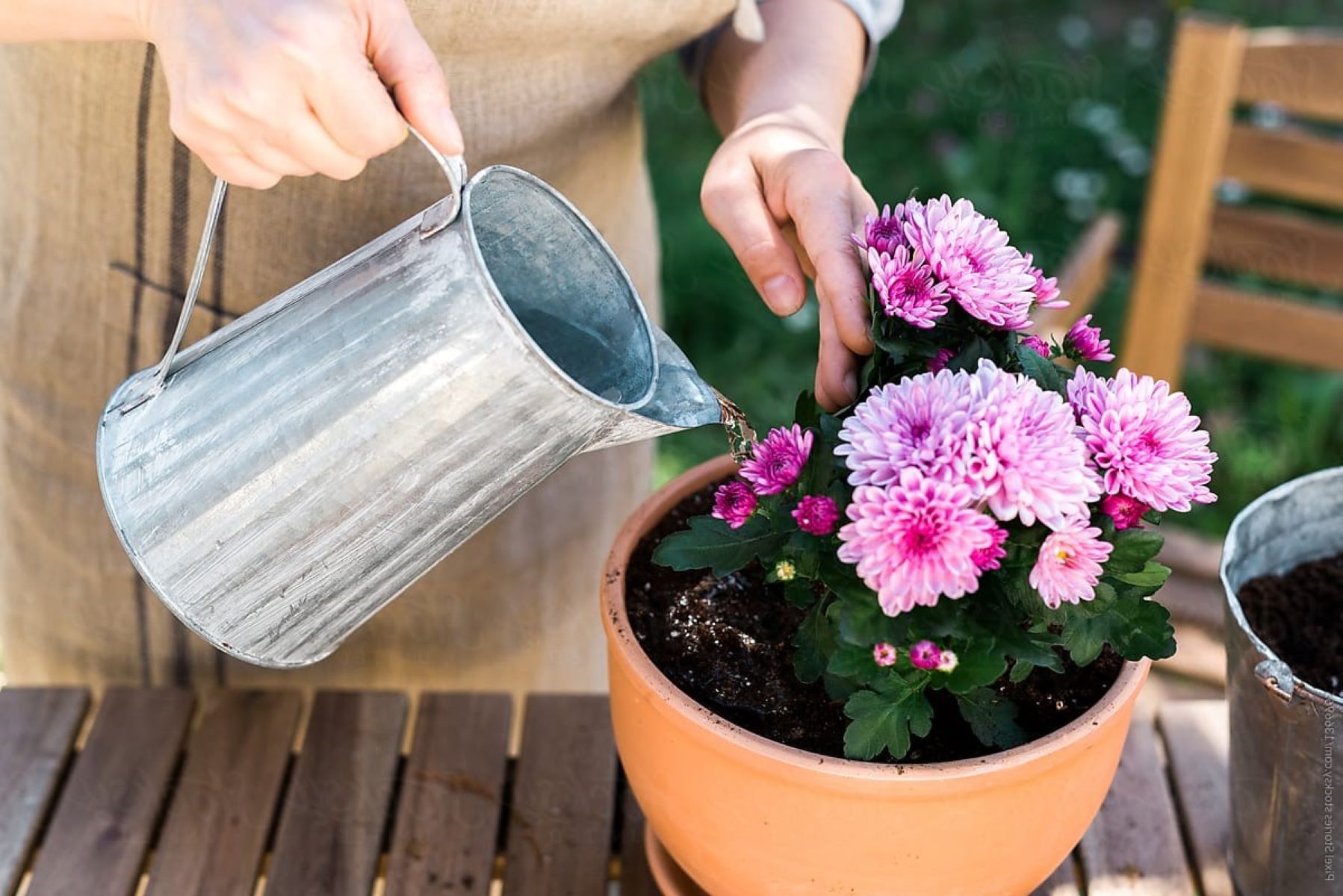
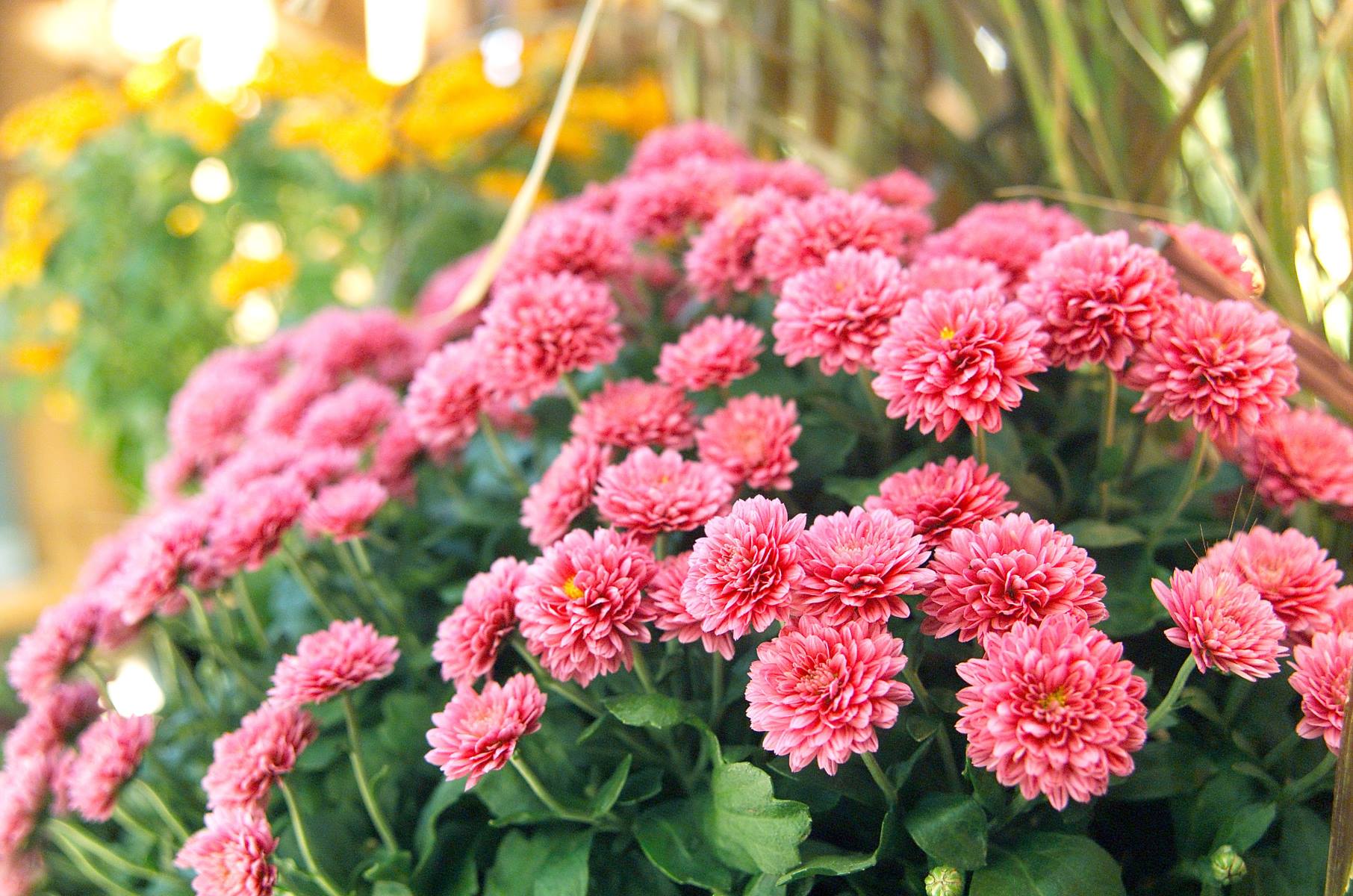
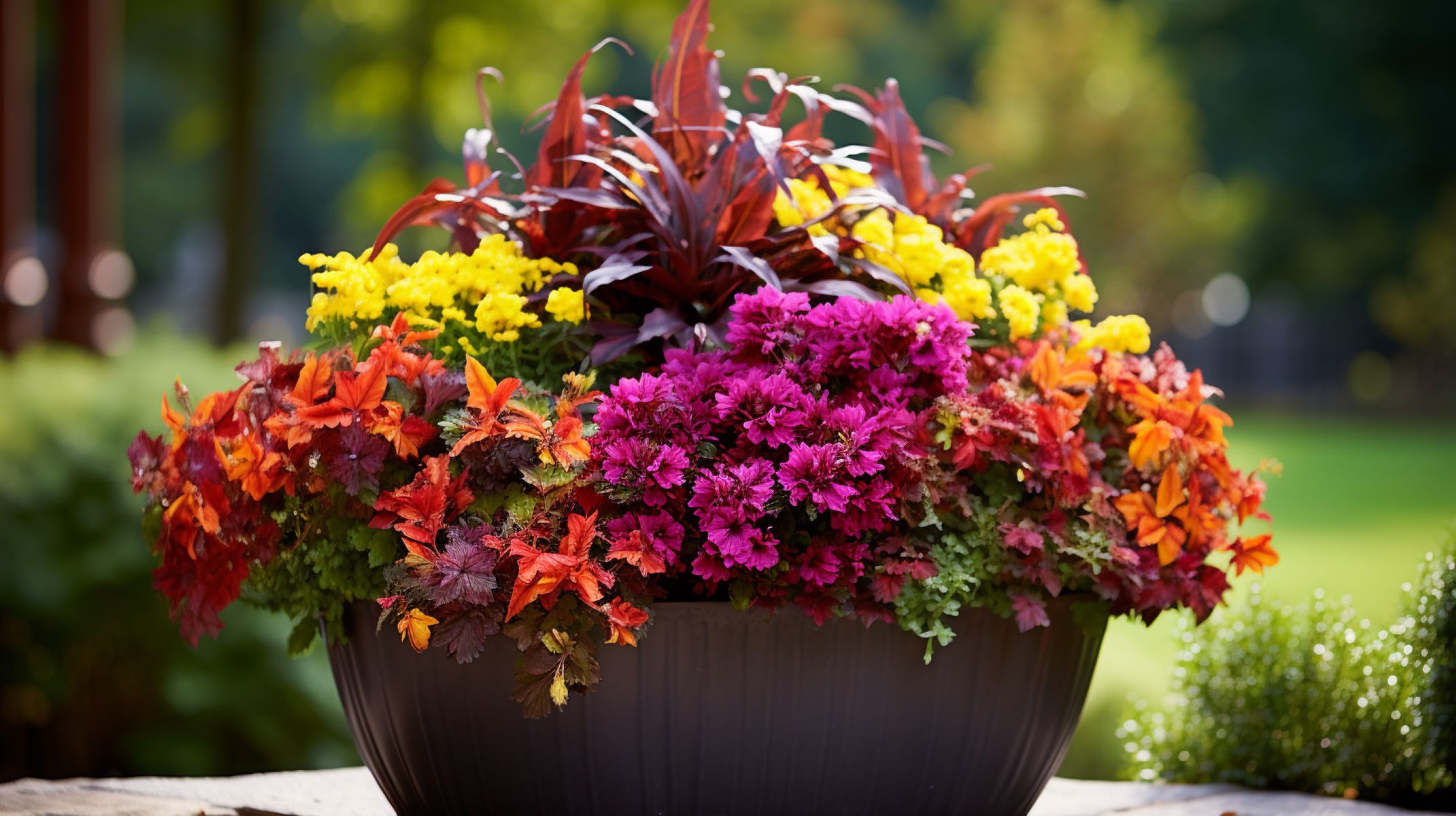

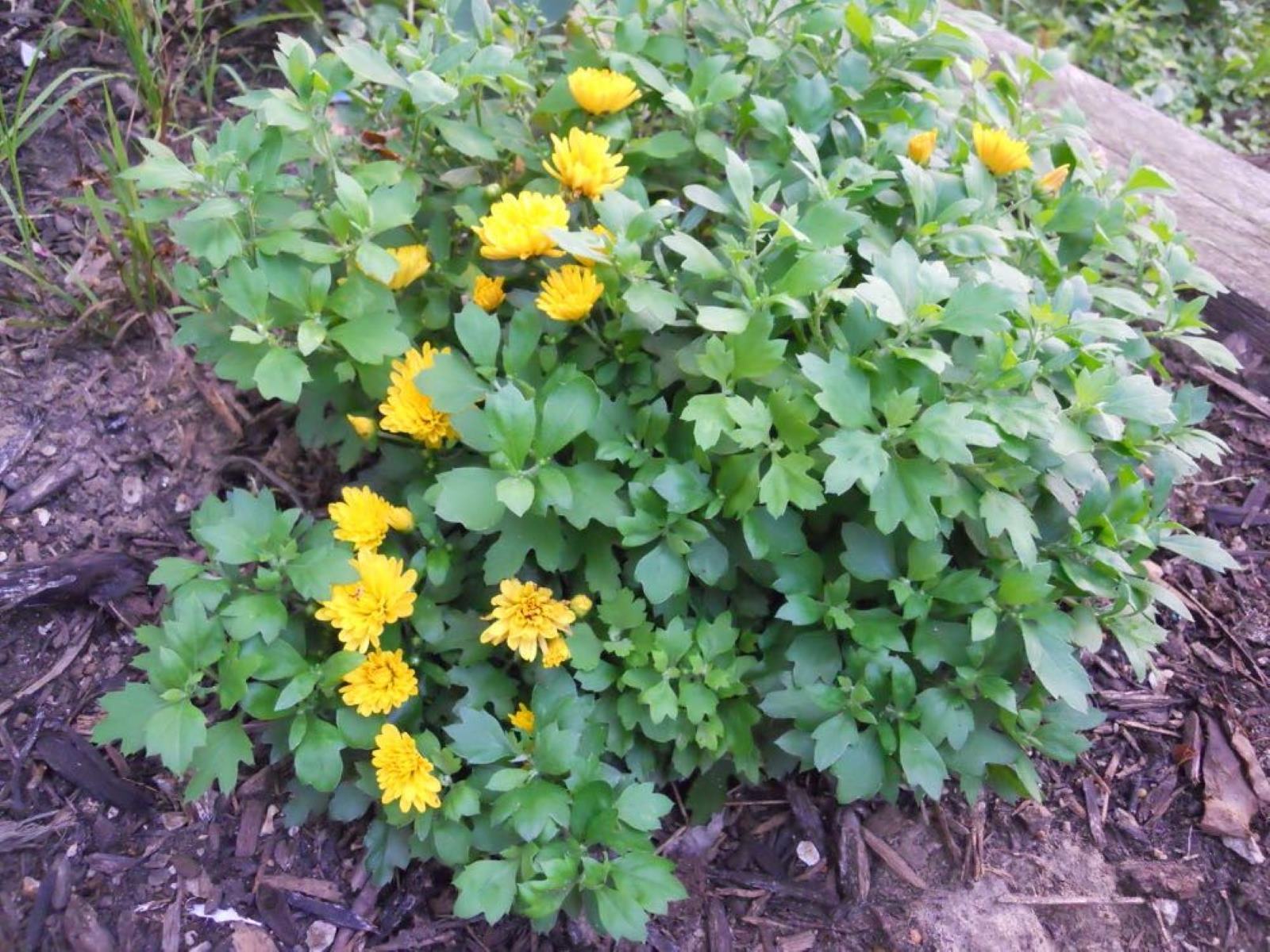
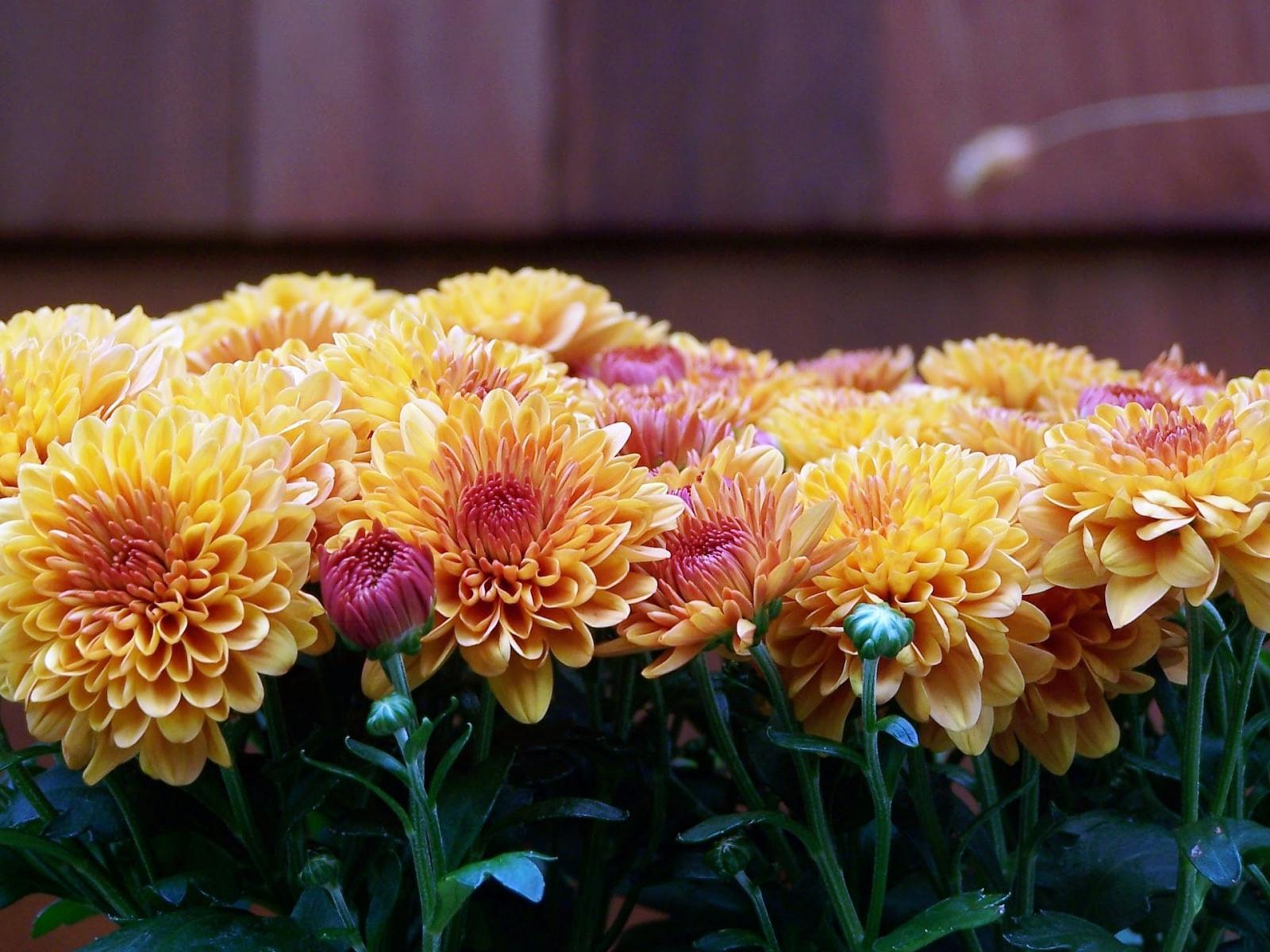
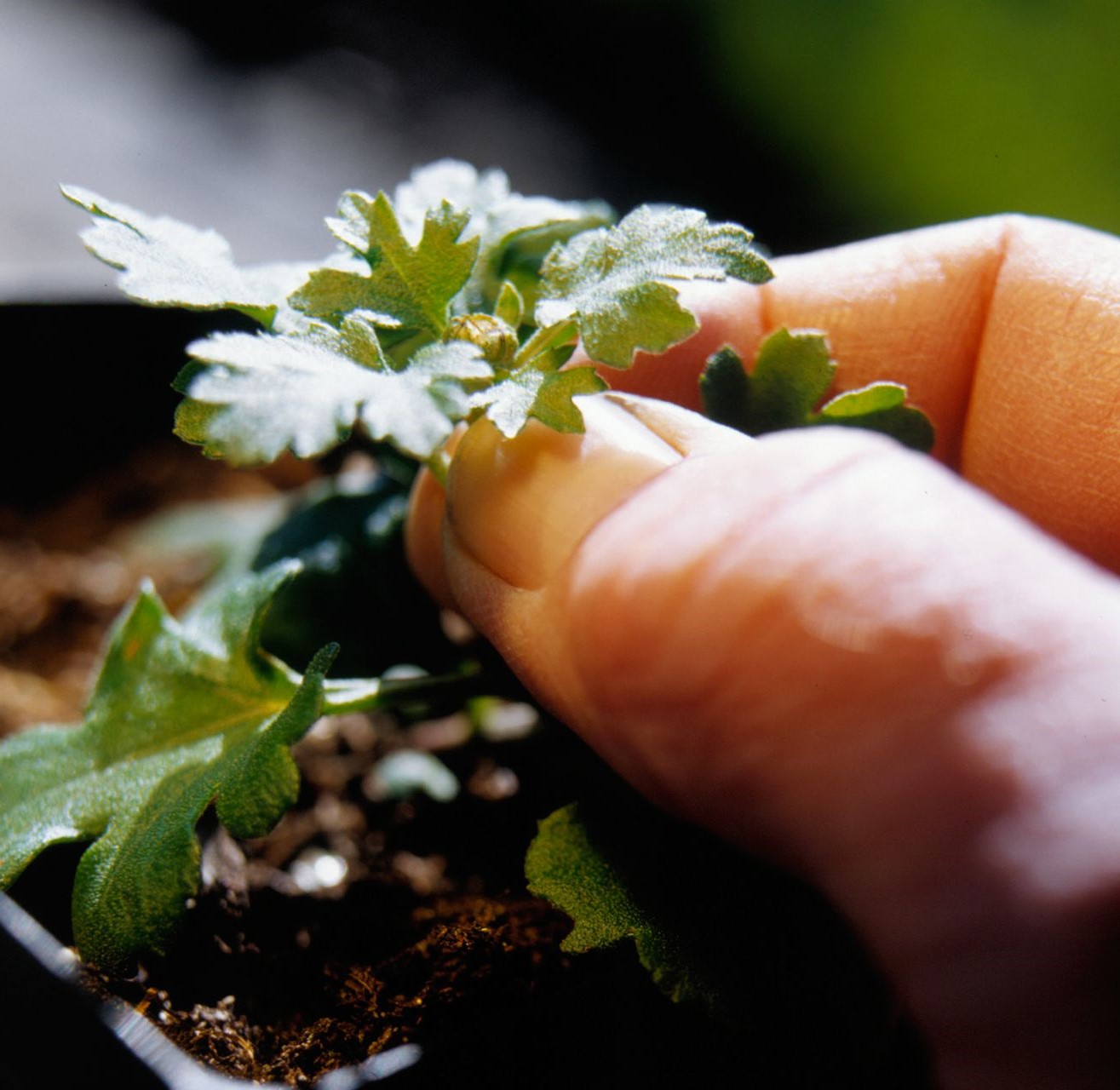

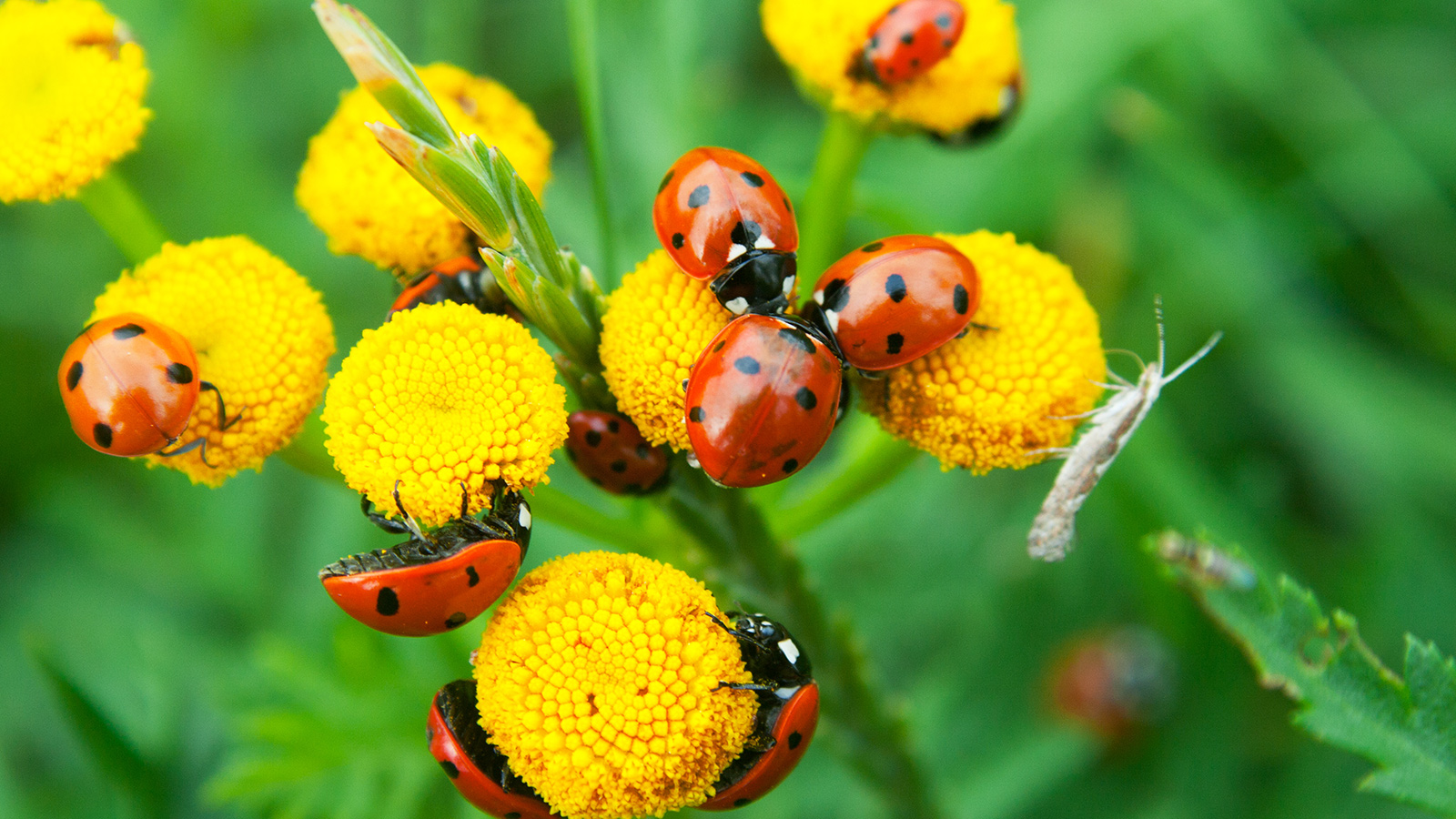



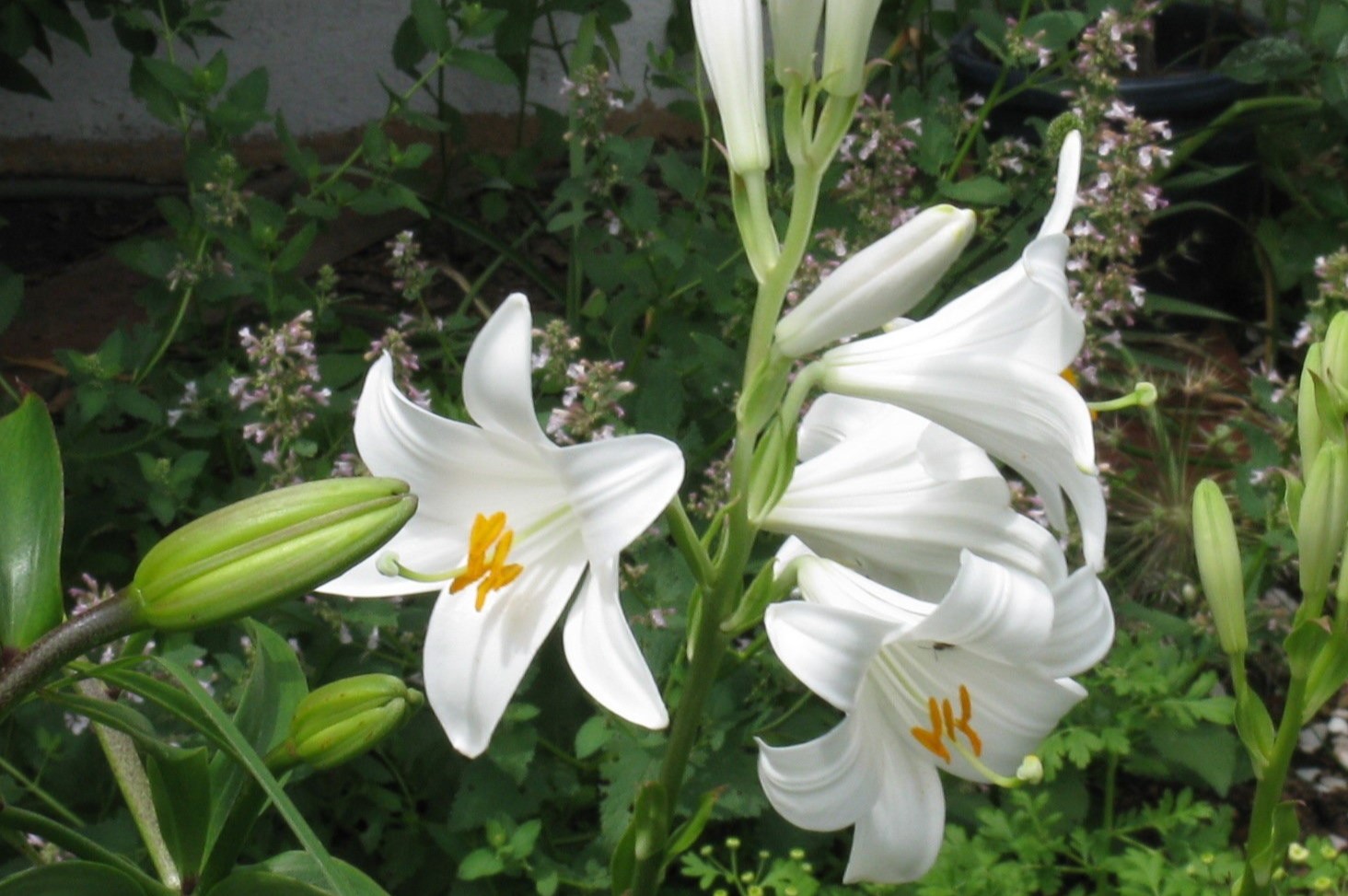


0 thoughts on “How To Keep Your Mums Blooming”